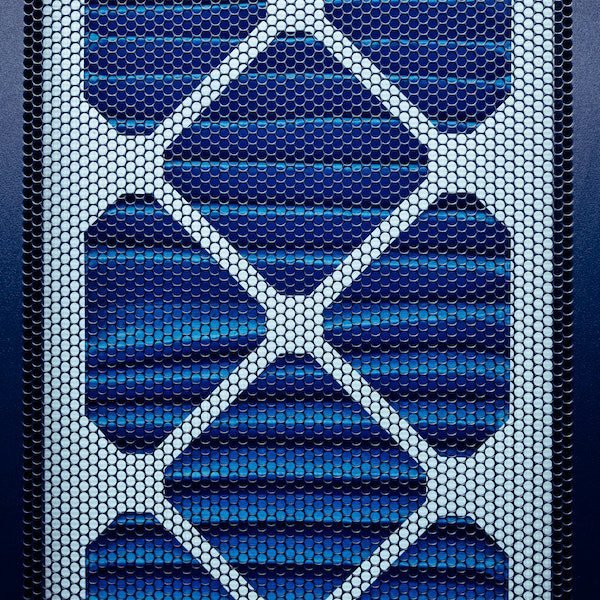Last Updated on February 24, 2023 by
Air filters are devices that remove airborne contaminants from the air. They are commonly used in homes, offices, and industrial settings. There is a huge variety of different types of air filters, each designed to remove specific types of contaminants.
How Does an Air Filter Work?
Air filters are commonly used in buildings to improve indoor air quality by providing cleaner air for occupants to breathe. An air filter helps remove impurities from the air, typically using a mesh or paper filter. Filter media may be impregnated with activated carbon to help remove odors and gaseous contaminants. Many modern air filters also contain pleated paper filter elements, which significantly increase surface area and dirt collection capacity compared to their flat media counterpart.
An air filter works by trapping airborne particles and contaminants as they pass through the filter. The working mechanism of an air filter is based on the principle of interception. Air filters trap particles in the filter material as air passes through. The air filter pores size determines how effectively the filter will trap smaller particles. The most common air filter is a mechanical filter, which uses a system of layers to capture particles of different sizes. The outer layer of the filter catches the largest particles, while the inner layers trap progressively smaller particles. Air filters can also be made from natural materials, such as activated carbon or charcoal, which absorb contaminants as they pass through the filter. Regardless of their composition, all air filters must be regularly replaced to ensure they continue to work effectively.
Which Type of Air Filter Suits Your Specific Needs?
The most common type of air filter is the disposable pleated paper or cloth filter, designed to be replaced regularly. These filters trap dust, pollen, and other airborne particles, making them ideal for use in homes with allergies or asthma. However, they can also quickly become clogged, reducing airflow and increasing energy costs. Another option is the permanent electrostatic air filter, which uses static electricity to attract and trap contaminants. These filters require less maintenance than disposable filters, but they are more expensive to purchase.
If you’re finding an air filter that will do a great job cleaning your indoor air, you should consider buying a merv 11 and MERV 13 air filter. These filters are designed to remove a wide range of airborne particles, including dust, pollen, mold spores, and pet dander. They’re also highly effective at trapping bacteria and viruses. As a result, they can significantly improve the quality of your indoor air and provide a much healthier breathing environment for you and your family.
High-efficiency filters are designed to capture smaller particles, which can strain your HVAC system. As a result, it’s important to consult with a professional before installing a high-efficiency filter in your home. And while high-efficiency filters can play a role in improving indoor air quality, it’s essential to ensure that your HVAC equipment is compatible with these filters before making the switch. By doing this, you can be sure that your HVAC system is up to the task of providing clean, comfortable air for your family.
Read More: How To Maintain Your AC in Great Working Condition?

























